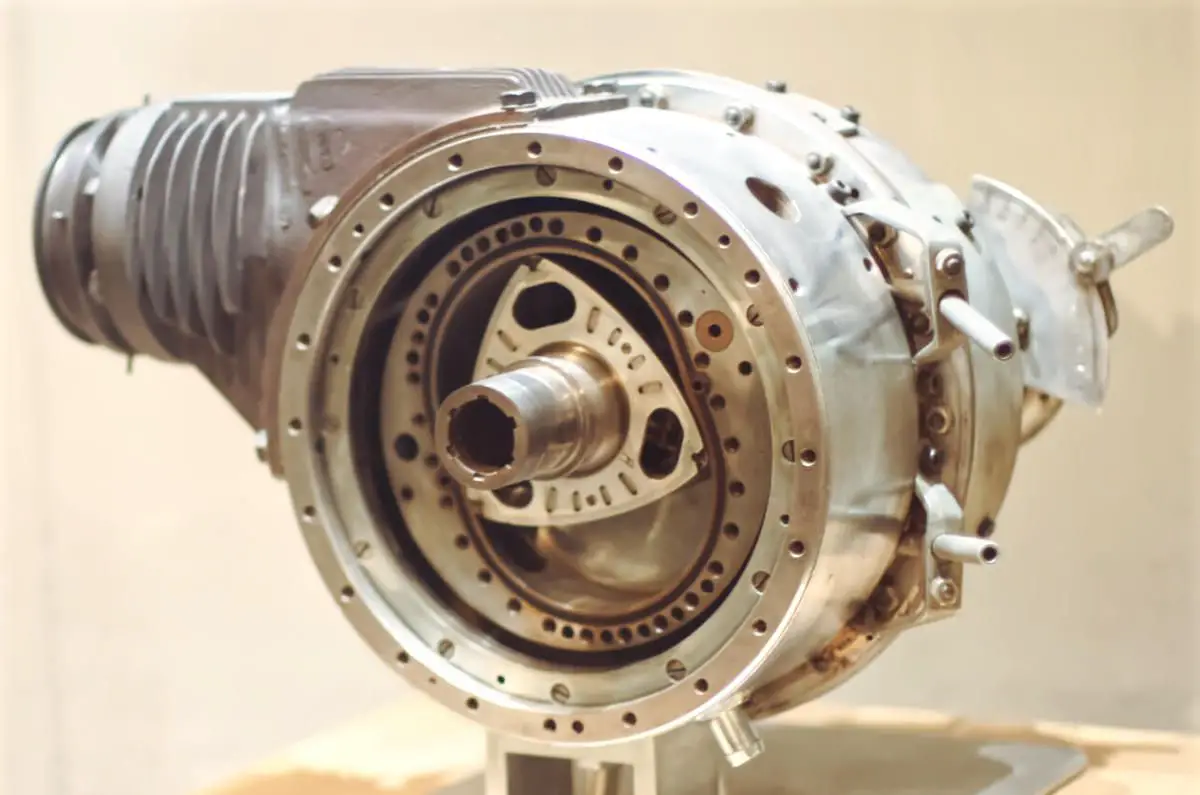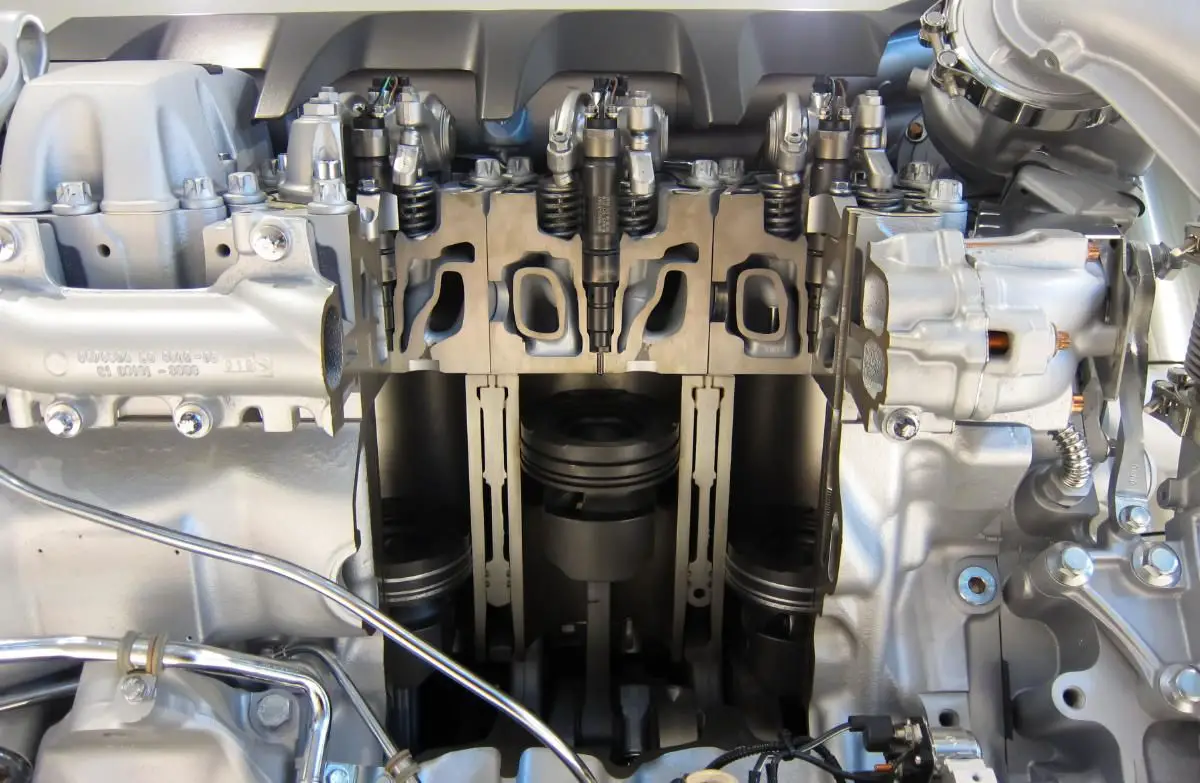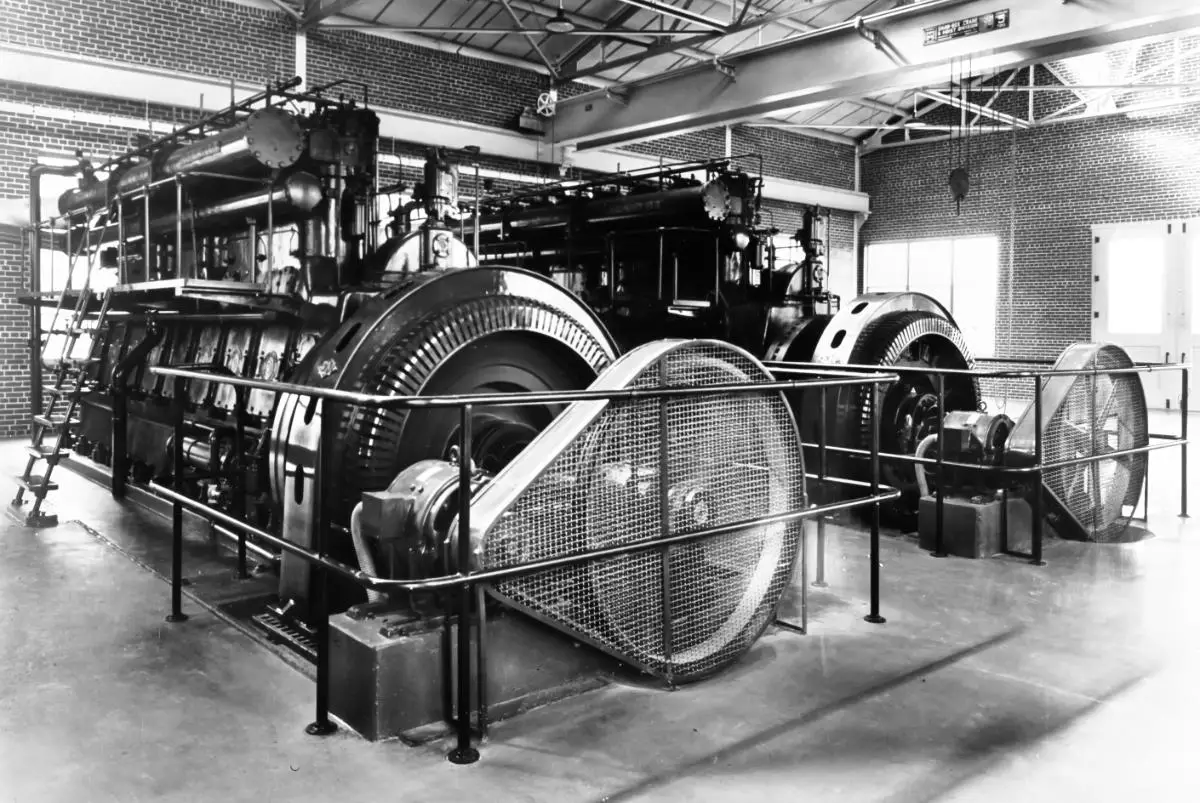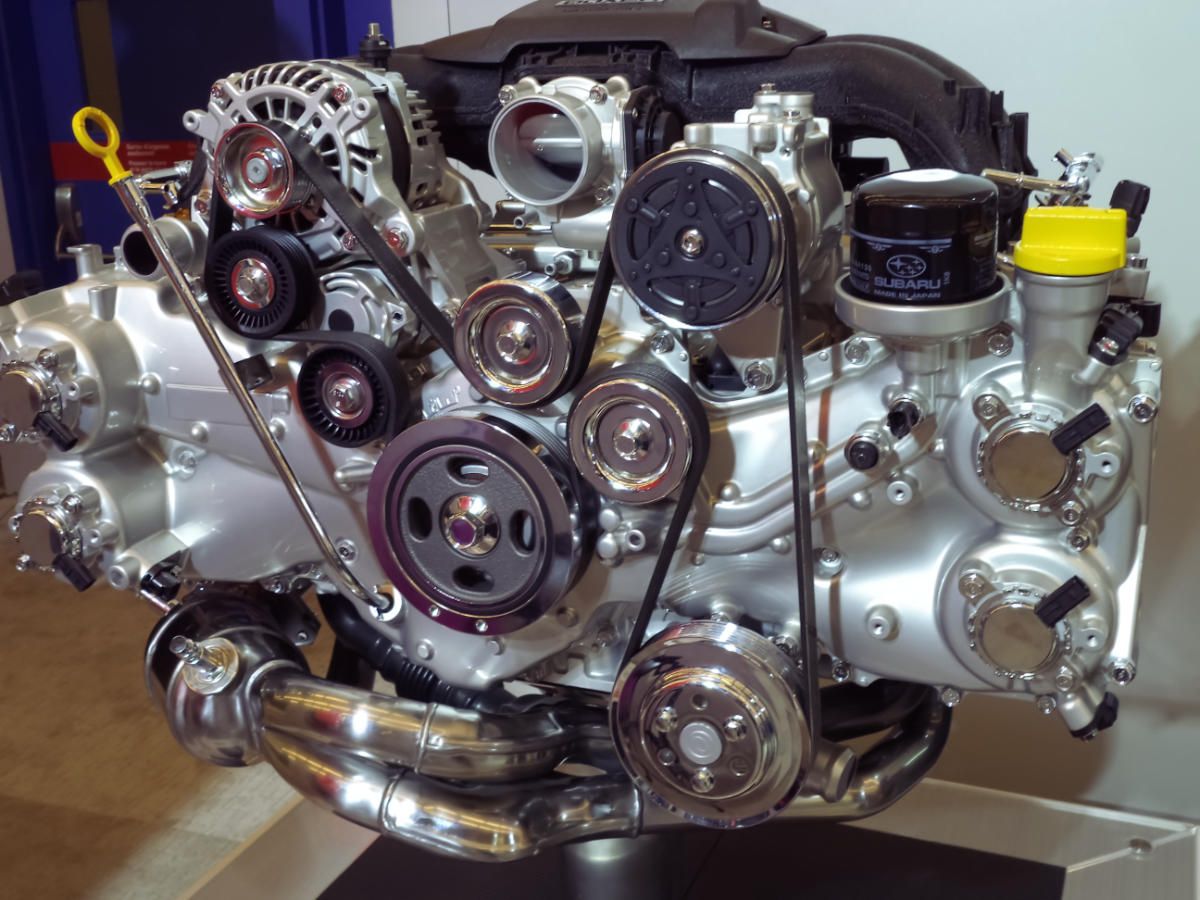The History of the Internal Combustion Engine
Learn all about the history of the internal combustion engine, including where it began and how it became so popular.
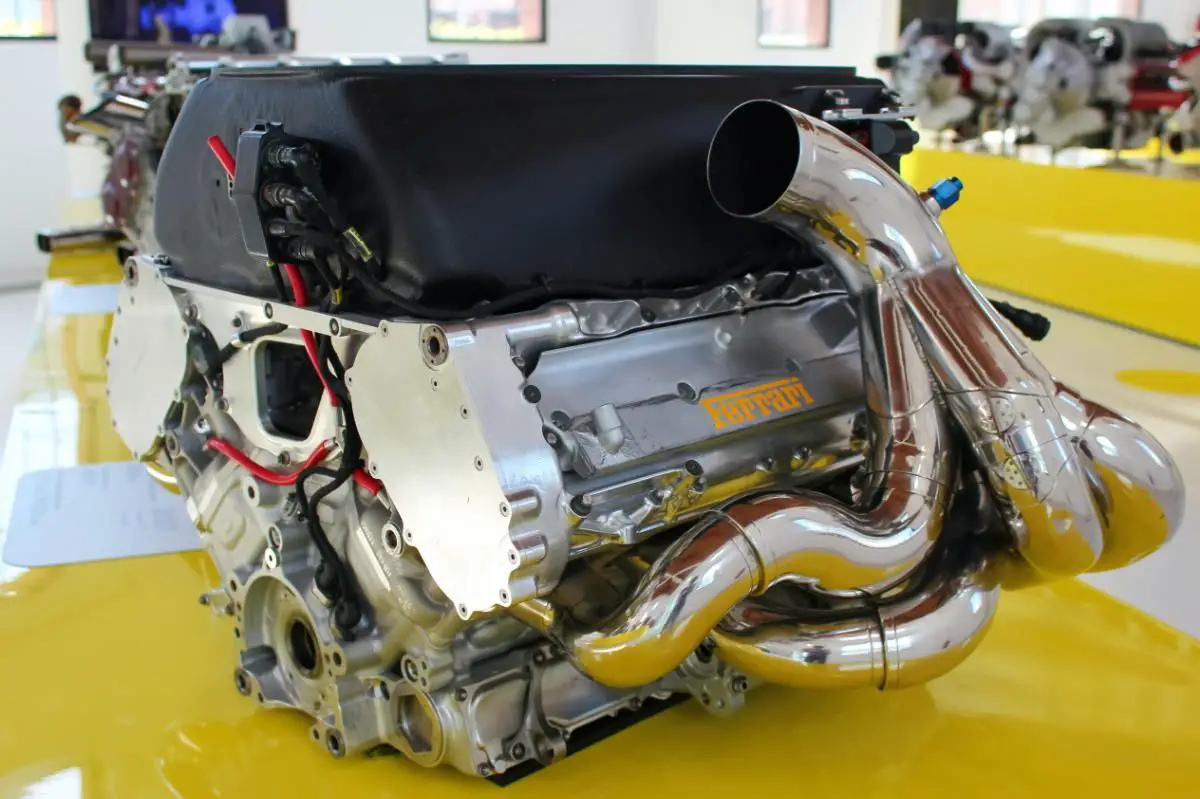
The automotive industry is currently undergoing some pretty big changes. Alternative energy sources like electricity and hydrogen are gaining increasing popularity within the industry as a means of powering today's cars, and many manufacturers are planning on making all of their cars fully electric within the next few decades.
That being said, the old internal combustion engine still reigns supreme. While electric cars are growing in popularity, gas, and diesel cars still dominate the market; about 80% of all vehicles sold last year used internal combustion engines. Even though they may be on their way out, it's clear that internal combustion engines are going to be around for at least a little while longer.
Today, we're going to be talking all about the history of the internal combustion engine and talking about the early days of this technology as well as what exactly it was that made these engines so popular.
How Does Internal Combustion Work?
First off, let's take a quick second to explain how internal combustion works. We're assuming you probably already know, but in case you don't, hopefully, you'll find this to be useful.
The parts of an internal combustion engine directly responsible for making power are the pistons and the crankshaft. Fuel and air enter the combustion chamber, where they are compressed and ignited. The force of the ignition pushes on the pistons, which are attached to the crankshaft.
As the pistons move back and forth, this causes the crankshaft to turn, which provides the rotational force that the wheels need to turn. When the air/fuel mixture is done burning, the piston forces it out of the combustion chamber through the exhaust valves.
A diesel engine works exactly the same as a gasoline engine, except instead of using spark plugs to ignite the air/fuel mixture, it ignites the mixture using compression alone.
Early History of the Internal Combustion Engine
Before anyone ever thought to put an internal combustion engine in a moving vehicle, engineers throughout history had already experimented with internal combustion for other purposes. Prior to internal combustion engines being used in wheeled vehicles, most of these engines were used as stationary generators.
The first internal combustion engine to ever make it into a moving vehicle was the Lenoir engine, invented by Belgian-French engineer Jean Joseph Étienne Lenoir in 1860. This engine was essentially just a steam engine converted to run on combustible gas.
The vehicle that used this engine was Lenoir's "Hippomobile", a three-wheeled carriage that was basically nothing more than a wagon sitting on top of a tricycle. The engine itself displaced 2.5 liters and made 1.5 horsepower at 100 rpm. As a result, the Hippomobile was incredibly slow, with a top speed of only 6 km/h.
However, despite how slow the Hippomobile was, it proved that internal combustion could be a viable method for powering land vehicles. The next big step in the development of the internal combustion engine came when Nicolaus Otto, a German engineer, designed the first four-stroke engine in 1875.
The four-stroke engine was very important to the automotive industry because compared to two-stroke engines, four-strokes were way more fuel-efficient, a lot cleaner, and generally longer-lasting. These days, every gas car has a four-stroke engine.
Of course, as you can probably guess, the big moment for the internal combustion engine in a motor vehicle came with the Benz Patent Motorwagen, built in 1885 by German engineer Karl Benz. The Motorwagen used a 1-liter, single-cylinder four-stroke engine of Benz's own design, which made 2/3 of a horsepower at 400 rpm.
Later versions of the Motorwagen had more power, however; the final version of the Motorwagen produced 2 horsepower, which helped it achieve a top speed of 16 km/h. Even though this meant that the Motorwagen was still a pretty poor alternative to a horse, it proved that internal combustion technology could one day prove very feasible for transportation purposes.
The Impact of the Internal Combustion Engine
It's pretty hard to overstate the impact that the internal combustion engine had on the world at large. In fact, one could argue that the internal combustion engine was one of the most significant (if not the most significant) inventions in terms of creating a truly connected world.
Prior to the invention of the internal combustion engine, traveling was not something that people could easily do. Sure, you had horses and sailing ships, but they were slow and could only take you to so many places.
With the invention of the internal combustion engine, however, everything changed. While the internal combustion engine was incredibly important to the automotive industry, it was even more important to the aviation industry. Internal combustion technology helped engines produce a lot of power while still remaining fairly lightweight, which was obviously essential for aviation.
Steam-powered tractors had already existed for a while, but internal combustion meant that tractors could remain powerful while being even easier to operate. This meant that farmers could get more work done in the same amount of time, allowing them to grow more food more easily.
As a result, this meant that food costs in developed nations went way down, and the abundance of food meant that countries could more easily export their own food to other countries where such food would be in high demand. Powerful and efficient engines made this food and other resources easier to transport to other places too.
Of course, the impact that internal combustion engines have had on our world hasn't been entirely positive. Thanks in large part to emissions created by internal combustion engines, our planet is currently undergoing some pretty significant changes in its climate, most of which are not good.
There's also the fact that the oil we use to make gas and diesel is becoming increasingly scarce, which might eventually lead to increased competition between the world's nations to control any unclaimed sources. As fuel resources dwindle, it seems logical and likely that some conflict will arise as a result.
Why Are Internal Combustion Engines So Popular?
These days, you hear a lot about how dirty internal combustion technology is and how we need to start thinking about making the switch to other, cleaner methods of power generation. Hybrids and electric vehicles occupy a pretty solid share of the market, and new technologies like hydrogen power are starting to gain popularity too.
Even in the early days of the internal combustion engine, you had alternatives like steam power that could feasibly be used for personal transport. We like to think of the electric car as being a modern invention, but even at the beginning of the 20th century, there were still a few commercially available electric cars.
So why did internal combustion engines dominate the industry? Well, the answer has been pretty much the same since the internal combustion engine first became king; they're by far the most efficient means of power generation for moving vehicles. Gasoline and diesel are way more energy-dense than batteries are.
Compared to the electric cars of the past and even the ones from today, internal combustion engines are way better when it comes to driving long distances. Electric cars have never had the range of internal combustion engine cars, and they also take way longer to recharge than a normal car takes to refuel.
Steam is about as efficient as gas or diesel, but the main problem with steam engines of old is that they were really complex to run. Early gas engines were way simpler than the old steam powerplants and were also better at delivering power for high-speed applications.
The Future of Internal Combustion Engines
We've talked at length about the past of the internal combustion engine, but what does the future hold for this technology? It's likely that the internal combustion engine will disappear forever after a certain point, but until then, manufacturers are continuing to innovate.
Turbocharging has become increasingly popular in the last few years and will probably become even more popular in the near future. Aside from helping engines produce more power, a turbo can also help an engine run more efficiently. By turbocharging a small engine, you can get the same amount of power from it that you could from a larger naturally-aspirated engine while using less fuel.
Another example of technology that you might see in internal combustion engines before too long is homogenous charge compression ignition (HCCI). This technology takes the best of both worlds from gasoline and diesel; it uses gasoline, which is cleaner than diesel, but ignites it using compression alone, which is more efficient than ignition via a spark plug.
We might also see camless engines enter the market sometime soon. In a normal internal combustion engine, the intake and exhaust valves are actuated by a camshaft, which uses cams to open or close the valves at the right time. Camshafts are simple, but they don't offer much control over the lift duration of the valves.
In a camless engine, however, each valve is operated individually by a hydraulic or electronic actuator. This helps the engine's computer have much greater control over the combustion process, which can help make the engine both more powerful and more efficient.
Also read:
